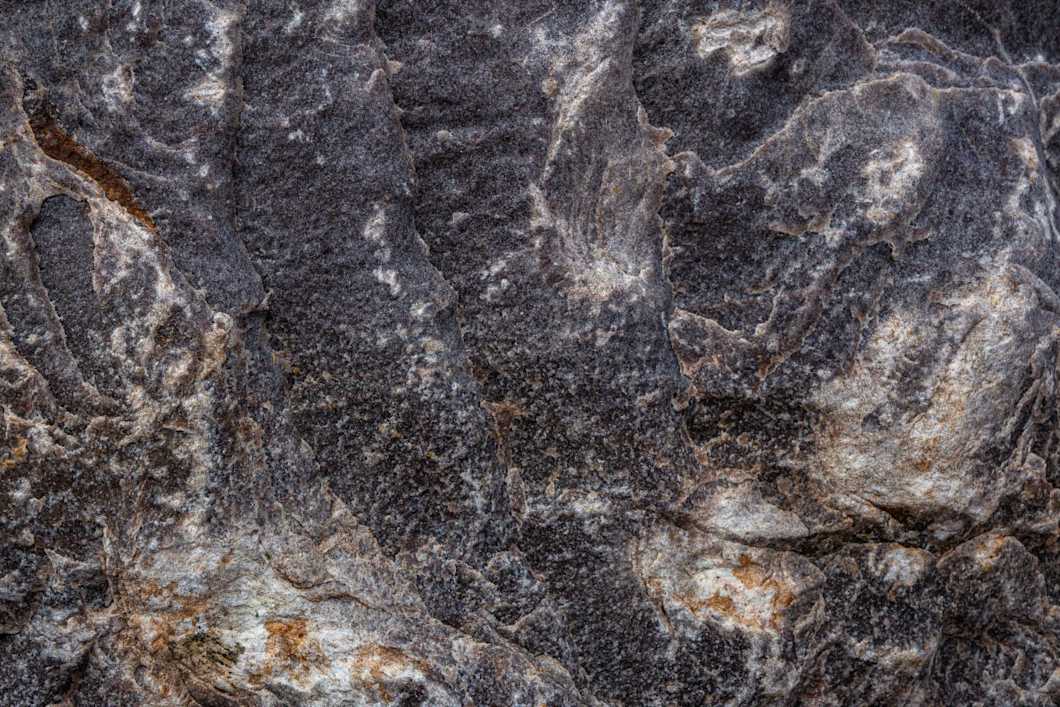WDXRF analysis
Wavelength dispersive X-ray fluorescence (WDXRF) is an analytical technique that uses the fluorescence effect to determine information, such as elemental makeup and spatial arrangement, of a wide variety of natural and synthetic materials.

What is WDXRF analysis used for?
WDXRF finds applications in elemental and structural assays of natural materials, such as rock, ore, and earth samples, as well as analysis of cement and other building materials. It is commonly used to characterize oils and other petrochemicals and is used in the field of pharmaceuticals for research and quality control. WDXRF can also be used for the surface mapping of solid-state materials, including novel catalysts and semiconductors.
How does WDXRF work?
WDXRF operates on the principle of X-ray fluorescence: The sample is exposed to a beam from an X-ray source. This causes the sample to absorb and then emit X-rays of specific wavelengths, depending on which elements are present in the sample. These then pass through a crystal which diffracts and separates them into individual wavelengths, so that they can be detected. This provides data on the elements present in the sample and their concentrations.
Sample requirements and preparation
There are a variety of sample preparation routes for WDXRF depending on the user's requirements. Solid samples that contain a suitably flat surface can usually be analyzed whole. Alternatively, solids can be milled into a powered and analyzed ‘loose’ in a powder cup, or pressed into a homogenous solid pellet.
Another preparation route is to create a ‘fused bead’ of the powdered sample by heating and casting it, which results in a glassy disc. This method will remove the three-dimensional structure of the material and allow for purely elemental analysis. Certain liquids and solutions can also be analyzed, usually by placing them in a sample cup (similar to a loose powder).
Advantages and limitations
WDXRF has high specificity and can detect elements down to ppm scales, making it an excellent choice for determining the elemental composition of a wide range of sample types, provided that they can be prepared in a suitable manner.
However, WDXRF cannot distinguish different isotopes of the same elements, nor can it determine their valence or oxidation states. For these applications, other methods such as mass spectrometry or XPS analysis may be more suitable. Furthermore, it is a time-consuming method that can typically only analyze a small area at a time, making it unsuitable for some processes that require a higher throughput.
WDXRF vs EDXRF
Energy dispersive X-ray fluorescence (EDXRF) is another mode of XRF that is similar to WDXRF. Rather than pass the fluoresced light through a crystal to disperse it, it is detected directly and separated into patterns based on characteristic energies that correspond to the elements present. While this still provides information on the elemental makeup of the sample, it has a lower sensitivity and limited resolution compared to WDXRF. The caveat is that it takes significantly less time to run and therefore has a higher throughput of samples.
Need WDXRF analyses?
Measurlabs offers laboratory testing with WDXRF and other XRF techniques. We process even large sample batches with speed and precision, enabling you to obtain the insights you need without unnecessary delays. Our testing experts are here to answer any questions you may have and do their best to accommodate any specific requests about reporting or timelines. Reach out to us using the form below to request a quote, and we will get back to you the next business day.
Suitable sample matrices
- Rock & earth samples
- Cement and building materials
- Metals
- Ores
Ideal uses of WDXRF
- Performing elemental assays of various materials
- Determining metal content in rock and ore samples
- Characterizing elemental composition of unknown samples
- Pharmaceutical quality control and research
Ask for an offer
Fill in the form, and we'll reply in one business day.
Have questions or need help? Email us at info@measurlabs.com or call our sales team.
Frequently asked questions
Measurlabs offers a variety of laboratory analyses for product developers and quality managers. We perform some of the analyses in our own lab, but mostly we outsource them to carefully selected partner laboratories. This way we can send each sample to the lab that is best suited for the purpose, and offer high-quality analyses with more than a thousand different methods to our clients.
When you contact us through our contact form or by email, one of our specialists will take ownership of your case and answer your query. You get an offer with all the necessary details about the analysis, and can send your samples to the indicated address. We will then take care of sending your samples to the correct laboratories and write a clear report on the results for you.
Samples are usually delivered to our laboratory via courier. Contact us for further details before sending samples.